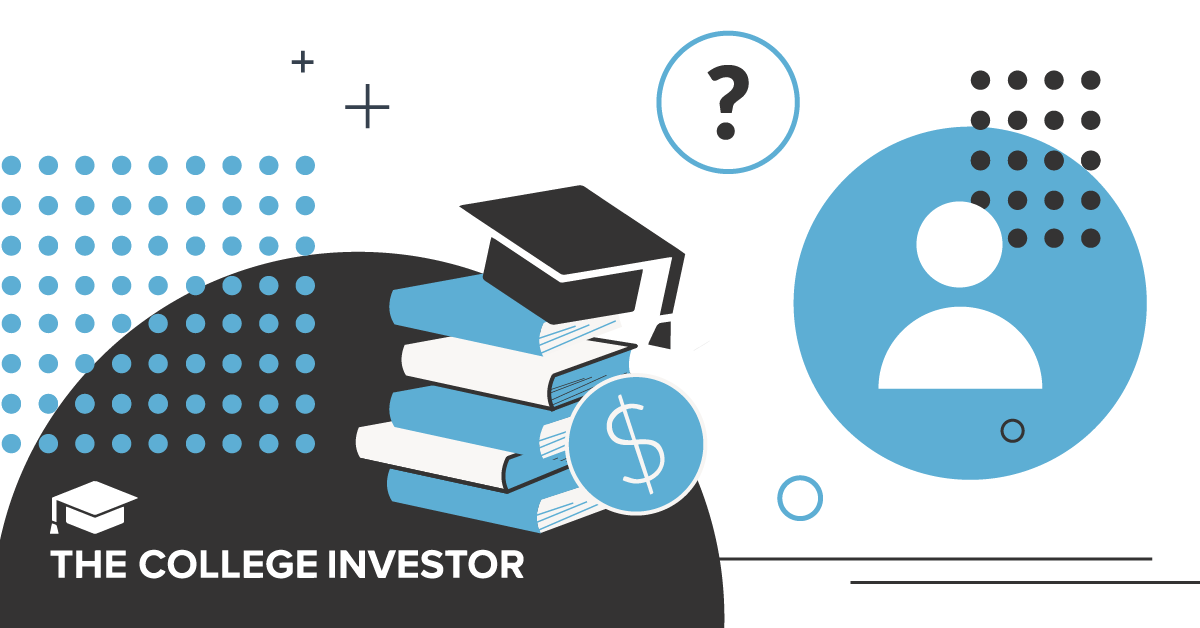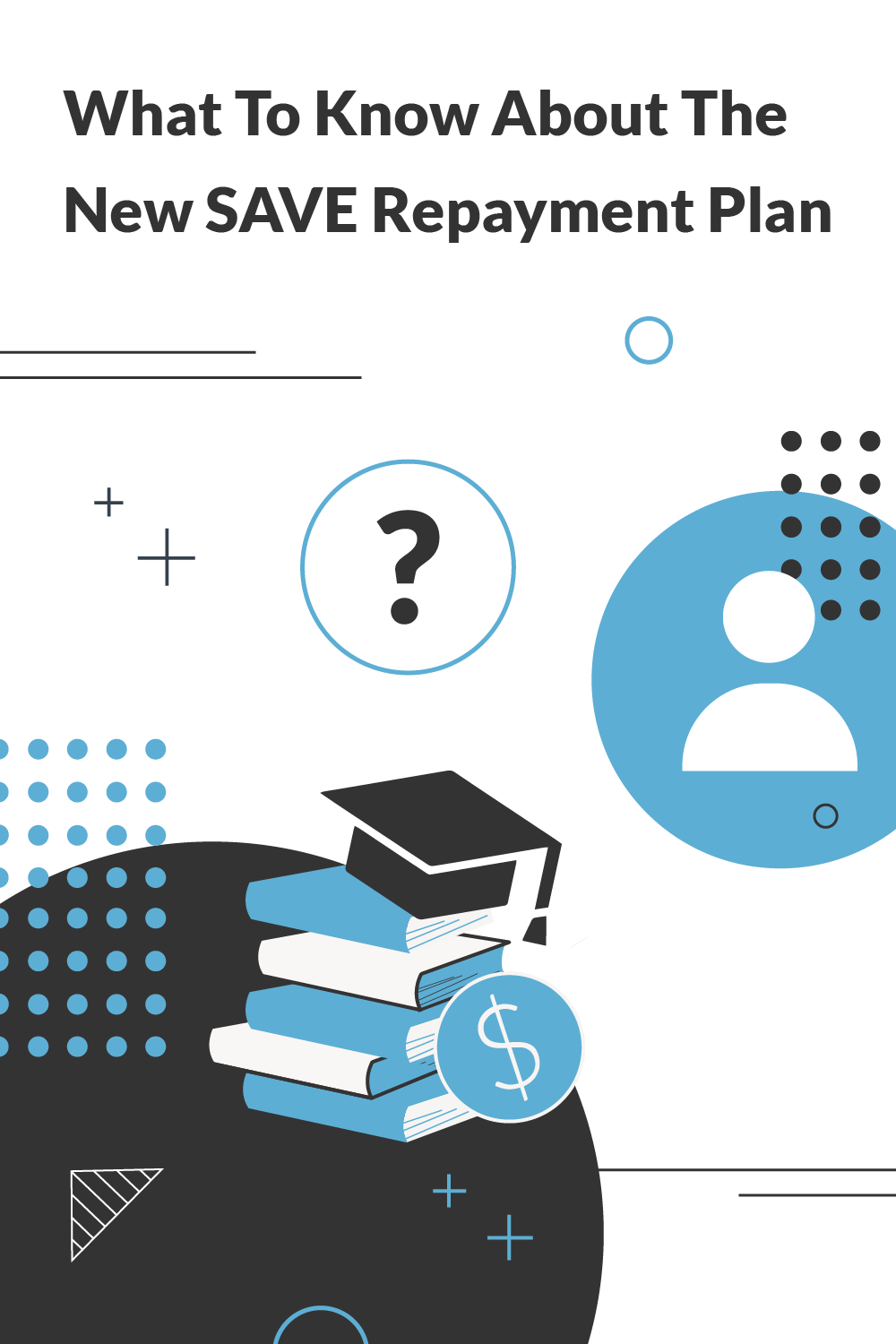
The Saving on a Valuable Education (SAVE) plan is a new, updated version of the REPAYE income-driven repayment plan.
Borrowers currently in the REPAYE plan will automatically be switched over into the SAVE plan when it becomes available.
Like the REPAYE plan, the SAVE plan bases the monthly student loan payments on a percentage of the borrower’s discretionary income.
However, the SAVE plan includes other changes that reduce the cost of the loans to borrowers. In this article, I explain the benefits of the new SAVE repayment plan, starting with lower loan payments.
Lower Loan Payments
The new SAVE plan cuts the loan payments on undergraduate debt in half, from 10% of discretionary income to 5% of discretionary income. Graduate and professional school debt remains at 10% of discretionary income. For borrowers who have both types of loans, the percentage will be a weighted average between 5% and 10% depending on the original loan balances of each type of debt.
The definition of discretionary income is also changing, from the amount by which adjusted gross income (AGI) exceeds 150% of the poverty line to the amount by which AGI exceeds 225% of the poverty line. So, even graduate students will get slightly lower payments.
This means that borrowers whose income is less than 225% of the poverty line will have a zero monthly loan payment, up from 150% of the poverty line. For a family of one, that’s $32,805 in 2023, a bit more than what a borrower would earn in a year at $15 an hour. For a family of four, it is $67,500.
The change in the definition of discretionary income will save borrowers in the REPAYE plan more than $1,000 a year for a family of one and about $2,250 a year for a family of four.
Like the REPAYE plan, the SAVE plan is limited to student debt. Parent PLUS loans are not eligible.
No More Negative Amortization of Interest
When a borrower’s monthly payment is less than the new interest that accrues, the excess interest will be waived on both subsidized and unsubsidized loans.
Since the accrued but unpaid interest will no longer be charged on the SAVE plan, there will be no more negative amortization when a borrower’s income is insufficient to repay the debt.
This means that the borrower’s loan balance will no longer increase under the SAVE plan due to capitalized interest. Interest will no longer be charged on interest. This eliminates a source of student loan stress for low-income borrowers on income-driven repayment plans, where they were forced to watch the loan balance increase even when they made the required payments on their loans.
Changes In Time Until Debt Paid Off
Normally, a lower monthly loan payment means the borrower will spend more time in repayment. A lower payment yields slower progress toward paying down debt.
To some extent this is true for the SAVE plan. More borrowers will be in debt longer until they reach the 20 or 25-year forgiveness point.
However, borrowers who start off with lower amounts of debt will have their remaining debt forgiven sooner, as soon as 10 years after entering repayment. Borrowers who enter repayment with $12,000 in debt will have the remaining debt forgiven after 10 years instead of 20 or 25 years.
An additional year is added for each additional $1,000. For example, the remaining debt will be forgiven after 11 years for a borrower who starts off with $13,000 in debt.
Phased-In Implementation
Normally, if a final rule is published in the Federal Register by November 1, the new regulations go into effect on the following July 1. In some situations, the U.S. Department of Education can implement the new regulations sooner.
Implementation of the new SAVE repayment plan will be phased in, with some changes going into effect this summer and some on July 1, 2024.
The following changes already occured:
- The change in the income threshold from 150% of the poverty line to 225% of the poverty line. Check out our updated discretionary income calculator to see how this changes.
- The waiver of interest beyond the required payment will also be implemented.
- Borrowers who file federal income tax returns as married filing separately will have their loan payments calculated based on just their own income. Spouses will no longer have to cosign the SAVE repayment plan application.
The following changes will occur in the summer of 2024:
- The change in the percentage of discretionary income, from 10% to 5%.
- The forgiveness of the remaining debt after 10 years for borrowers with low initial loan balances.
- Consolidation will no longer reset the qualifying payment count for forgiveness. More deferments and forbearances will count toward forgiveness.
- The automatic use of tax information to calculate the monthly payment under the SAVE plan. Automatic recertification of income and family size.
- Borrowers who are 75 days late will be automatically enrolled in an income-driven repayment plan.
The Bottom Line
The new SAVE repayment plan contains some welcome changes, especially for undergraduate borrowers, many of whom will see lower monthly payments and less interest accrued on their balances owing. And if you have a small loan balance, loan forgiveness may arrive more quickly.
However, it's important to remember that while enrolment in the new Save plan launches later this summer, some of the key changes aren’t being introduced until the summer of 2024.

Mark Kantrowitz is an expert on student financial aid, scholarships, 529 plans, and student loans. He has been quoted in more than 10,000 newspaper and magazine articles about college admissions and financial aid. Mark has written for the New York Times, Wall Street Journal, Washington Post, Reuters, USA Today, MarketWatch, Money Magazine, Forbes, Newsweek, and Time. You can find his work on Student Aid Policy here.
Mark is the author of five bestselling books about scholarships and financial aid and holds seven patents. Mark serves on the editorial board of the Journal of Student Financial Aid, the editorial advisory board of Bottom Line/Personal, and is a member of the board of trustees of the Center for Excellence in Education. He previously served as a member of the board of directors of the National Scholarship Providers Association. Mark has two Bachelor’s degrees in mathematics and philosophy from the Massachusetts Institute of Technology (MIT) and a Master’s degree in computer science from Carnegie Mellon University (CMU).
Editor: Colin Graves Reviewed by: Robert Farrington
